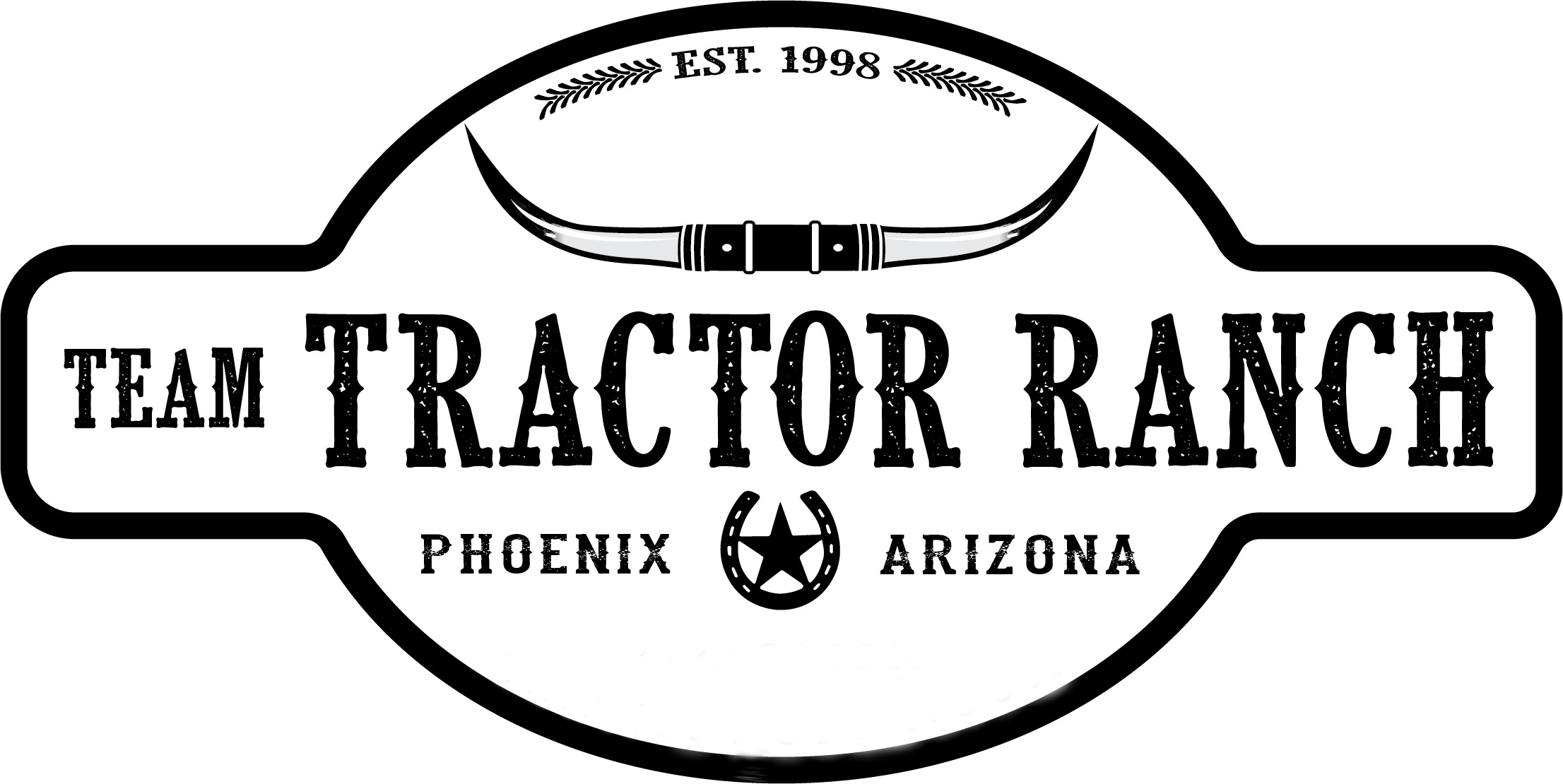Tractor Electrical System Components
Tractor electrical systems are critical for engine operation, safety, and modern agricultural efficiency.
Core Components
The battery stores energy for starting the engine and powers accessories when the engine is off. Requires vibration-resistant designs to prevent leaks and short circuits.
The Alternator/Generator converts mechanical energy into electricity to recharge the battery and power systems during operation. Dynamos (older systems) may require polarization to maintain proper charging. Starter engages the engine via electrical energy from the battery.
Wiring and Circuits
Ignition includes switches and relays to start/stop the engine. Lighting powers headlights, turn signals, and hazard lights for safety. Accessories support PTO systems, sensors, GPS, and climate controls.
Key Functions
Engine starts the battery and starter motor initiate combustion. The alternator sustains battery charge and runs electrical loads (e.g., lights, hydraulics). Lighting systems ensure visibility, while modern setups integrate precision farming tools.
Wiring Basics
Circuits --- closed loops from the battery’s positive terminal to its negative (via a common ground, often the tractor frame). Voltage and amperage are critical for sizing wires and fuses. For example, 50mm braided cables are recommended for starter motors to prevent failure.
Common Configurations
Stator systems are used in vintage tractors, paired with rectifiers to charge batteries. Relays and switches control accessories like lights and PTOs. For example, indicator circuits use flasher units with specific terminal layouts (e.g., 49a for power input).
Maintenance Tips
Check battery terminals for corrosion and ensure secure mounting to handle vibrations. Alternator --- test output voltage and polarize dynamos if charging issues arise. Look for frayed wires, poor insulation, or loose connections. Use protective sleeves and quality tape. Ensure the chassis ground is clean and tight to prevent electrical faults.
Troubleshooting
No Start --- Verify battery charge, starter connections, and solenoid function. Discharging Battery --- Test alternator output and inspect for parasitic drains. Lighting Failures --- Check fuses, switches, and grounds. Use a multimeter to trace breaks.
Modern Advancements
Newer tractors integrate advanced electrical systems for precision farming, including GPS-guided controls and automated monitoring. These rely on robust wiring and stable power supplies to function effectively.
By understanding these principles, operators can maintain reliable electrical systems, ensuring peak performance and safety in agricultural operations.
If you need any further help or have any questions about service, tractors, implements, or anything else equipment-related, please contact your dealer, local mechanic, or call us at 602-734-9944. Please ask about our current new and used tractor supply.
If you are looking for old, vintage, classic, or new tractor parts, send us a part request.
Team Tractor Ranch - #1 Tractor Dealer in Arizona. We sell and service most major brands of tractors including Yanmar, Kubota, John Deere, TYM, Mahindra, Kioti, Case, New Holland, Massey Ferguson, Ford, Deutz, Case IH, Farmall, International Harvester, Branson Tractors, LS, Shibura, Claas Tractor, McCormick Tractors, Valtra, Solis, YTO, Montana, and Nortrac.
